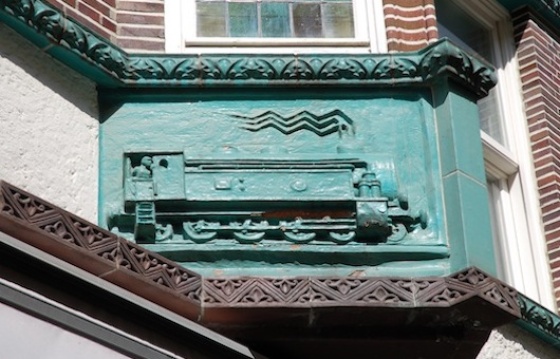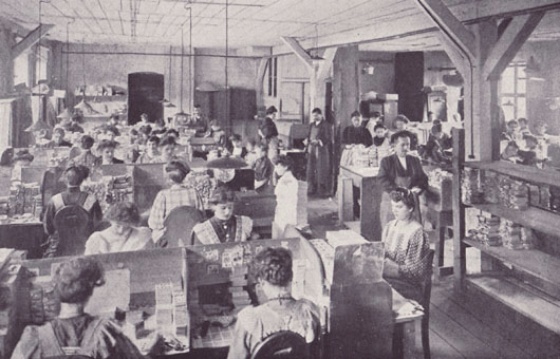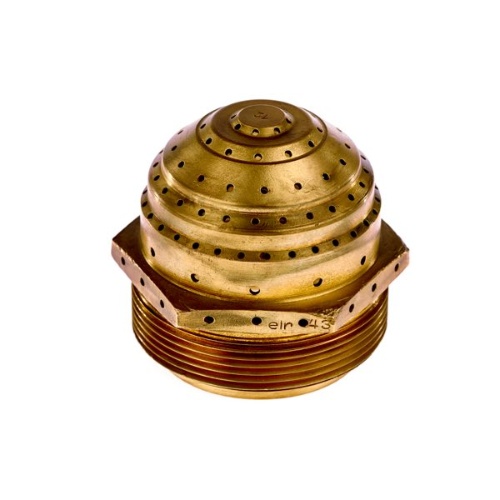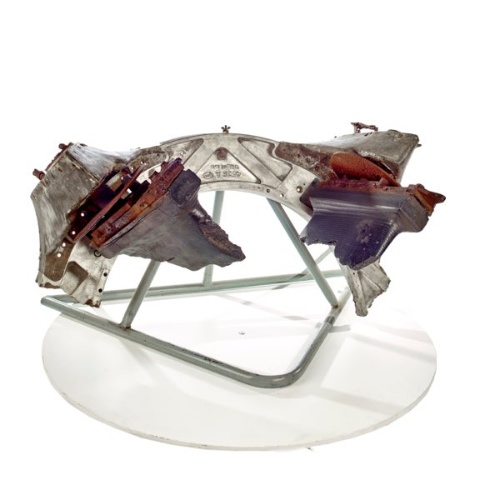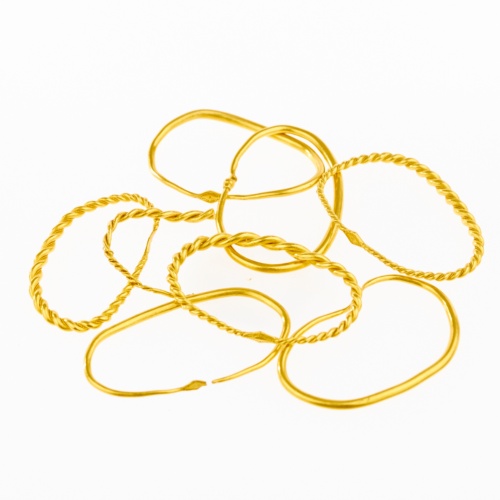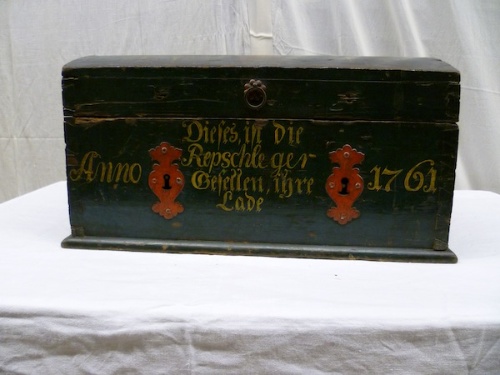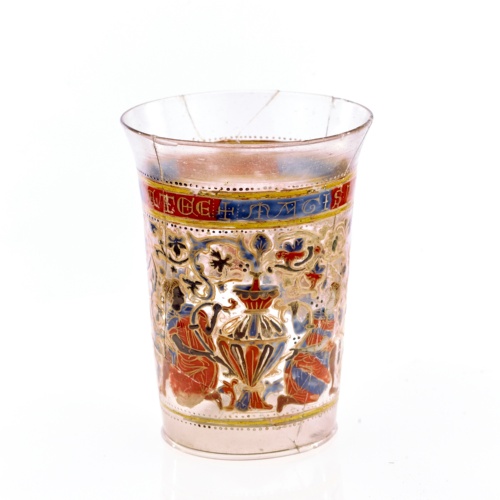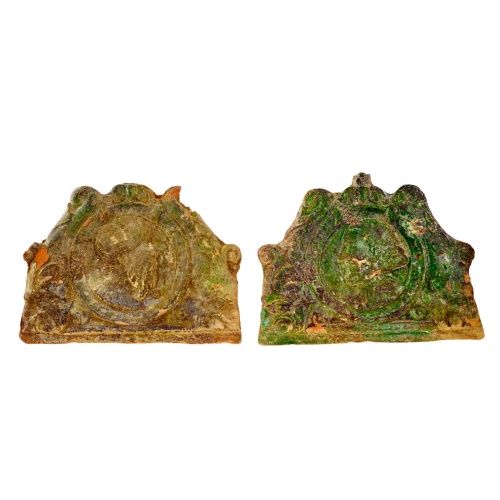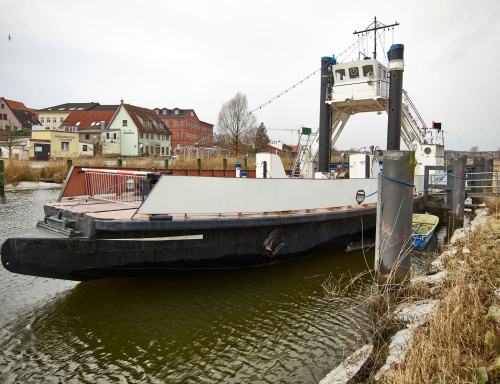Trade and properly organised crafts were determined by the domestic market until the 19th century. Agricultural products were exported. Export production started with the Industrial Revolution and after the removal of guild restrictions around 1870. Shipbuilding, road and railway vehicle manufacturing became established in Wismar, Schwerin, Güstrow and Rostock. Metalworking emerged in Teterow and Neustadt-Glewe. Aircraft construction developed during the first half of the 20th century.
The GDR promoted the maritime industry, machine building and food trade in the north. After 1990 the food trade and shipbuilding continued and were supplemented through the middle-sized supply industry.
